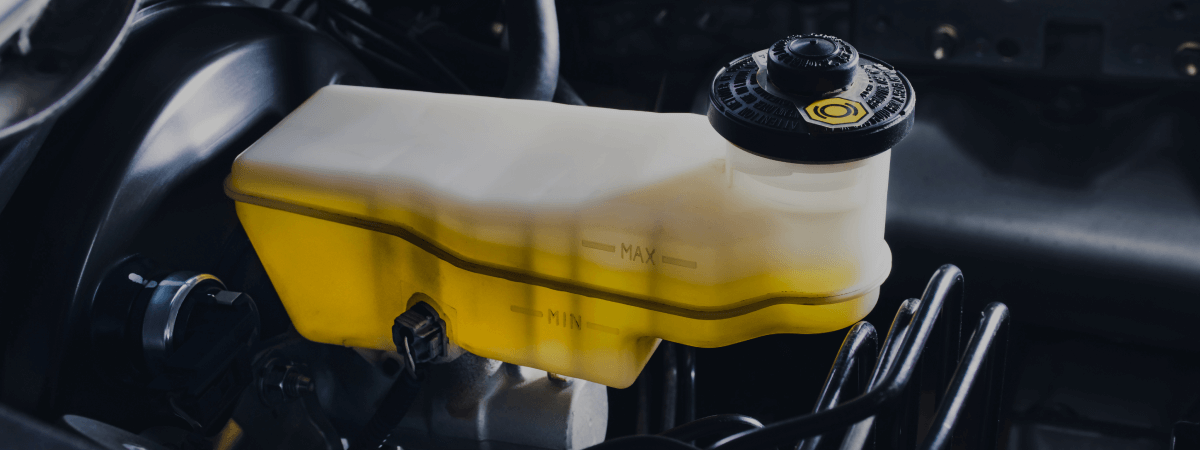Spark plugs are an important part of gasoline-operated engines. They may be small, but these little parts have some powerful components. Take, for example, the insulator (a part of the spark plug) which can withstand voltage of up to 30,000 volts and heat up to 1,550 degrees Fahrenheit.
The spark plug is expected to transfer excess heat from the end of the insulator to the head of the cylinder. Its ability to transfer this heat quickly can earn it the label of “cold plug,” meaning it continually moves off the heat. A cold plug has a high heat range.
If the heat transfer is slow, it has a low heat range. It is a “hot plug,” referring to its tendency of hanging on longer to the heat. This is not necessarily a bad thing. Depending on the driving conditions, a car may require hot plugs or cold plugs
If the plug runs too coolly, it will not stay clean. If, on the other hand, it runs too hot, it can cause early ignition of the fuel-air mixture. If you do a lot of freeway driving, a cold plug may be preferable. In stops and goes, as with city driving, a hot plug may be your best option.
Spark plug wires also need to be purchased with operating conditions in mind. With older engines, simpler spark plug wire construction will fill the need. However, with newer hotter-running engines, spark plug wires need the ability to withstand extreme temperatures.
Top performing spark plug wires can withstand a temperature range from -90 degrees to 500 degrees Fahrenheit. This is accomplished with tempered silicone wire covering.
While some car manufacturers suggest that you can go for 100,000 miles before replacing your initial spark plugs, this is unlikely to happen. Even if they did last that long, prevention is much better for your car, not to mention your wallet. Spark plugs and wires are simple enough to replace. So, it is worth the expense to get it done sooner, rather than later.
Related Posts
Key Takeaways On average, passenger vehicle tires last 40,000 to 60,000 miles, depending on type, driving habits, and maintenance. Replace tires when tread depth reaches 2/32”, if damaged, or older than 10 years. Regular rotation, alignment, and proper inflation extend tire life. Aggressive driving, poor roads, and harsh weather shorten tire lifespan. Take advantage [...]
When you think about car maintenance, you probably focus on oil changes, tire rotations, and maybe even brake pad replacement. But what about your brake fluid? If you’ve ever wondered, “What does brake fluid do?” or “Why is brake fluid important?”, you’re not alone. Brake fluid might not be the most talked-about part of [...]
Is that high-pitched squeal from your brakes driving you—and everyone else—crazy? Don’t ignore it. Squeaky brakes aren’t just annoying, they’re your car’s way of saying something needs attention. Whether you're cruising through Salt Lake City or winding up Idaho’s mountain passes, here’s what’s likely going on, how you can fix it, and when it [...]





